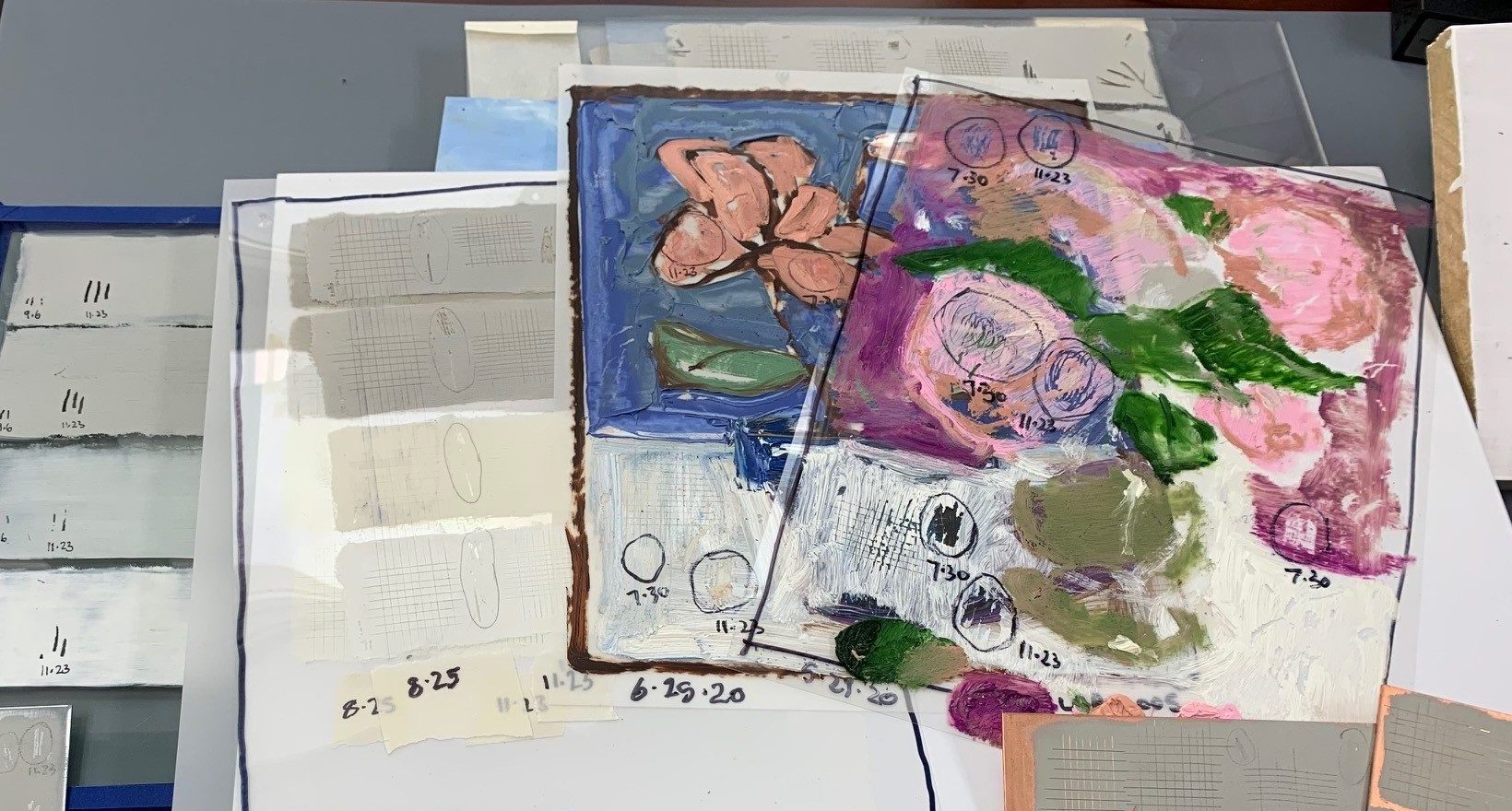
Painting with Oils on Non-Porous Substrates
This article provides some initial testing focused on how well oil paints adhere to several non-porous surfaces without any ground preparation

Since their introduction in 2007, PanPastel Artist Pastels have inspired the pastel world with their pan format and sponge applicators, allowing for smooth, even applications, soft fades and gradients. They combine the visual power of pure pigments with the mixability of paint and can be used with almost any other drawing or painting material, making ... Read more

In a previous article “The Science and Seduction of Luminescent Colorants“, we discussed what makes Fluorescent and Phosphorescent pigments unique. To summarize, electrons can be charged with light energy, causing them to become excited and temporarily jump to a higher orbit. As they release this energy in the form of photons (light), it results in ... Read more

In our investigation of the embrittlement of oil paints containing zinc oxide (see Sarah Sands’ 2018 article Zinc Oxide – Reviewing the Research), we made a lab trial containing titanium dioxide (PW6, “TiO2”) and 6% zinc oxide (PW4, “ZnO”) that used stand oil instead of our standard refined linseed oil. Two years later, we noticed ... Read more

Today’s artist has access to an abundance of colorants, including Fluorescent and Phosphorescent pigments, which are members of the “Luminescent Family”. Few, if any, other colorants rival their vibrant allure. Whether applied as paint or encapsulated in resins, glass or plastic, these materials have always held an aura of mystery and intrigue. Part of this ... Read more

This article provides some initial testing focused on how well oil paints adhere to several non-porous surfaces without any ground preparation

With the advent of new composite materials, artists today are able to take advantage of lightweight, dimensionally stable supports that offer a smoothness unattainable through traditional surface preparation. These “modern” substrates require little to no preparation, come in a variety of thicknesses and can range from transparent and glossy to matte
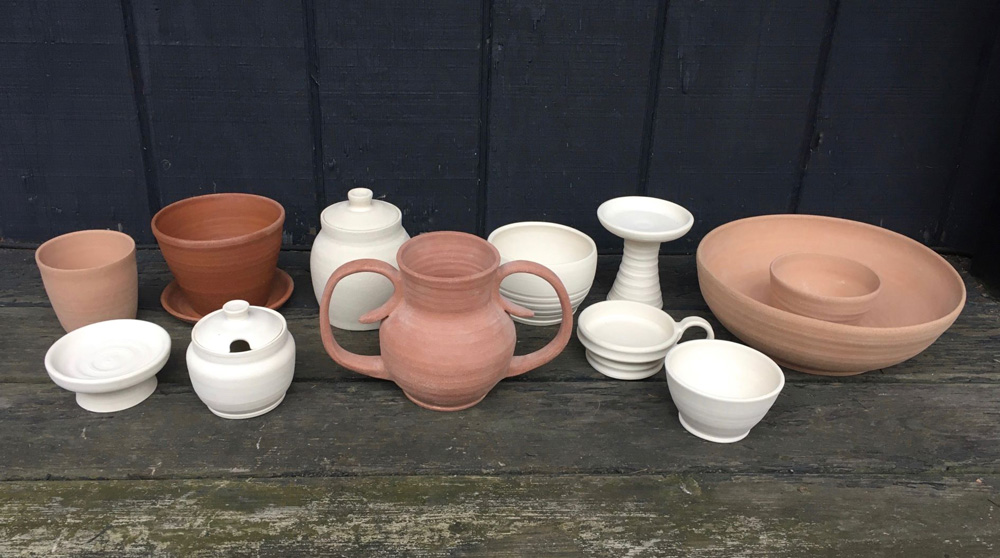
We often get asked “What is the best way to paint on ceramics with acrylic paint?”. The question is usually geared toward painting unglazed pottery, but also sometimes glazed ceramics. We do not recommend our products be used on anything that will touch food, hold liquid or go into
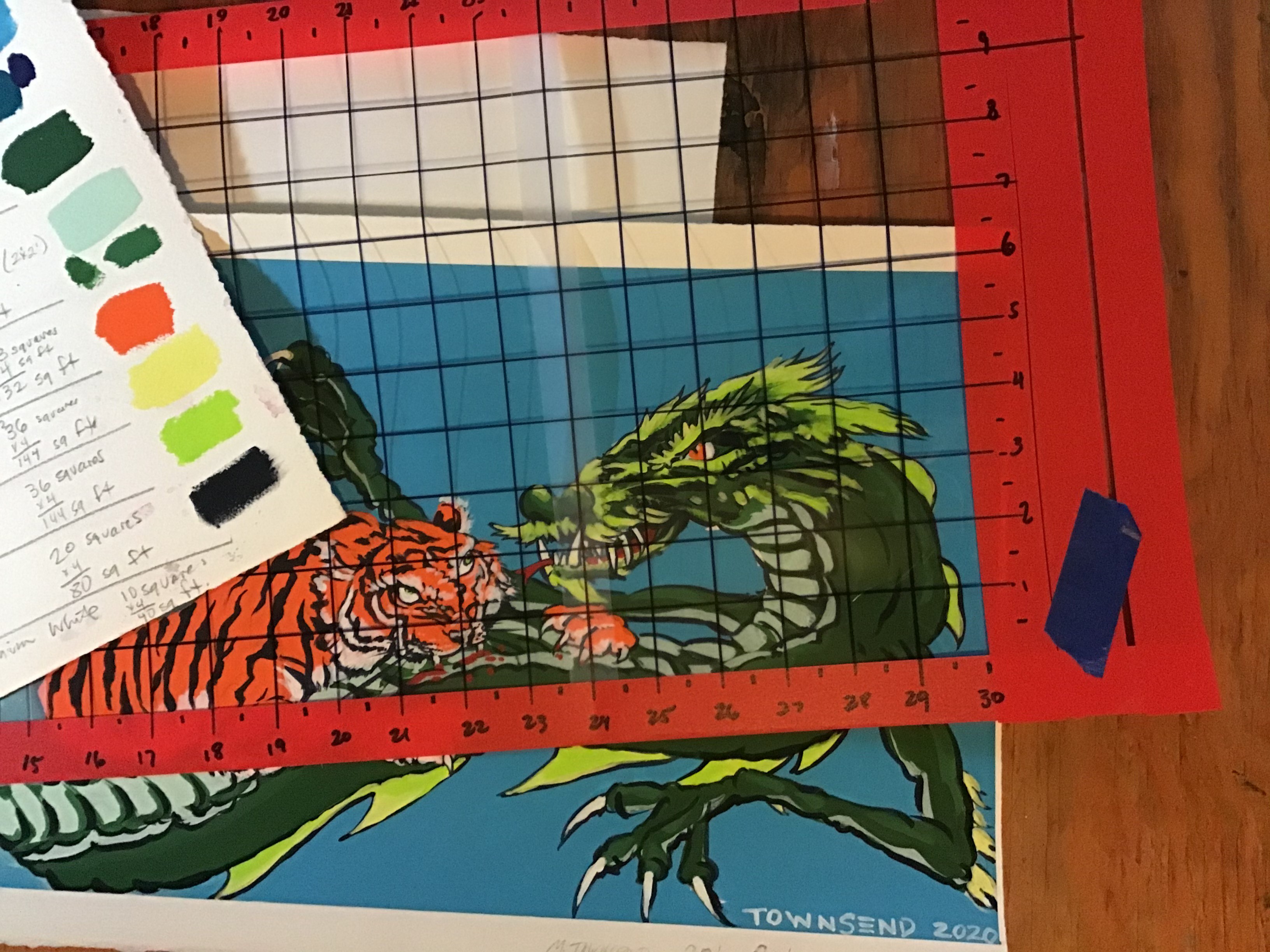
Introduction The creation of a mural should begin long before ladders, scaffolding, and cherry-pickers are on site. Although we have amassed extensive information about mural painting, the conversation about how to go about estimating products could use some expansion. When preparing to paint a mural, the creation of a maquette
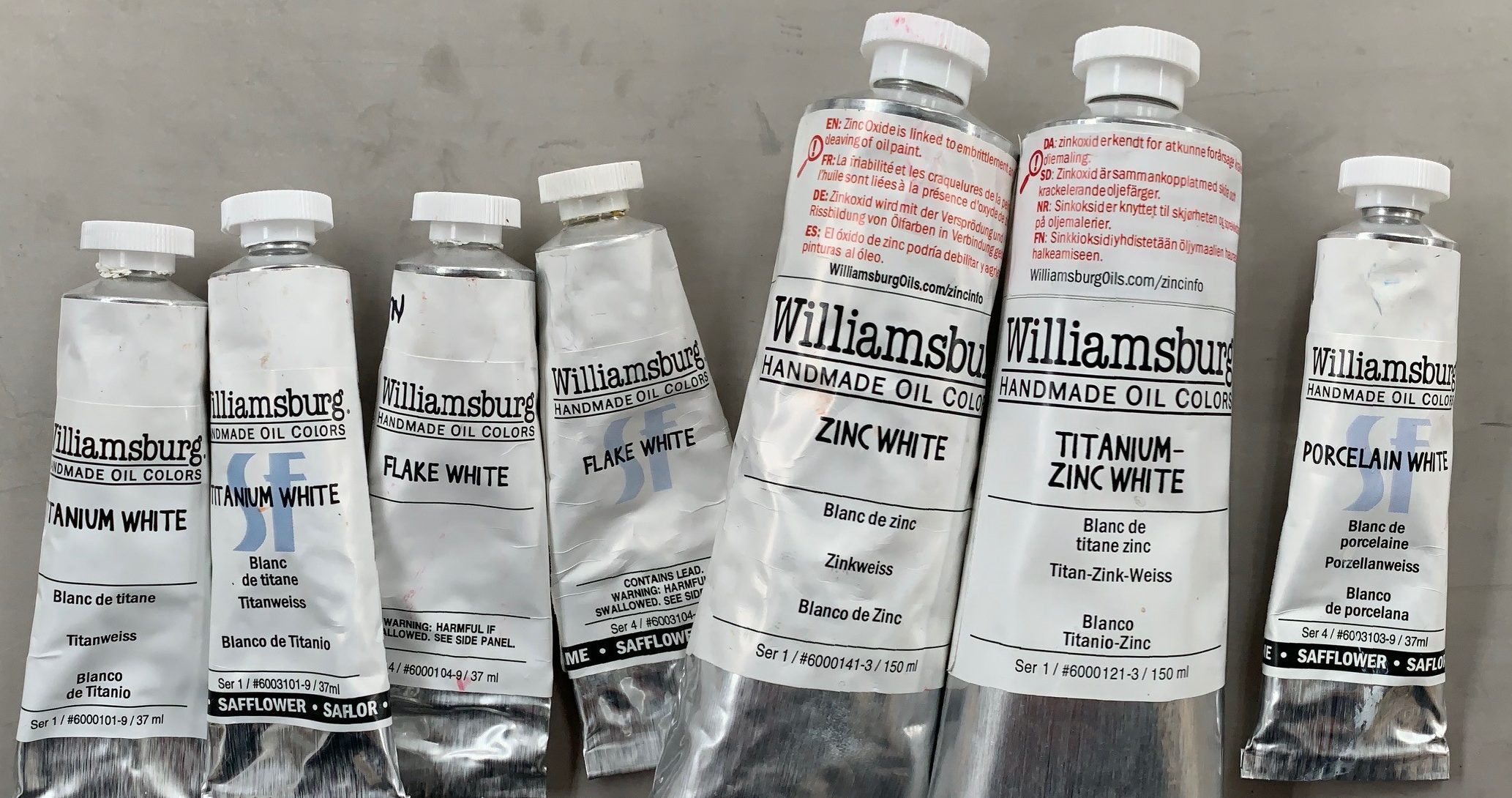
White is often thought to be as much as 20% of a typical painting. Used for grounds, for opacifying, for lightening or brightening deep colors, its importance cannot be overlooked. Not only is it a critical component coloristically, but understanding the whites in your oil painting will also aid
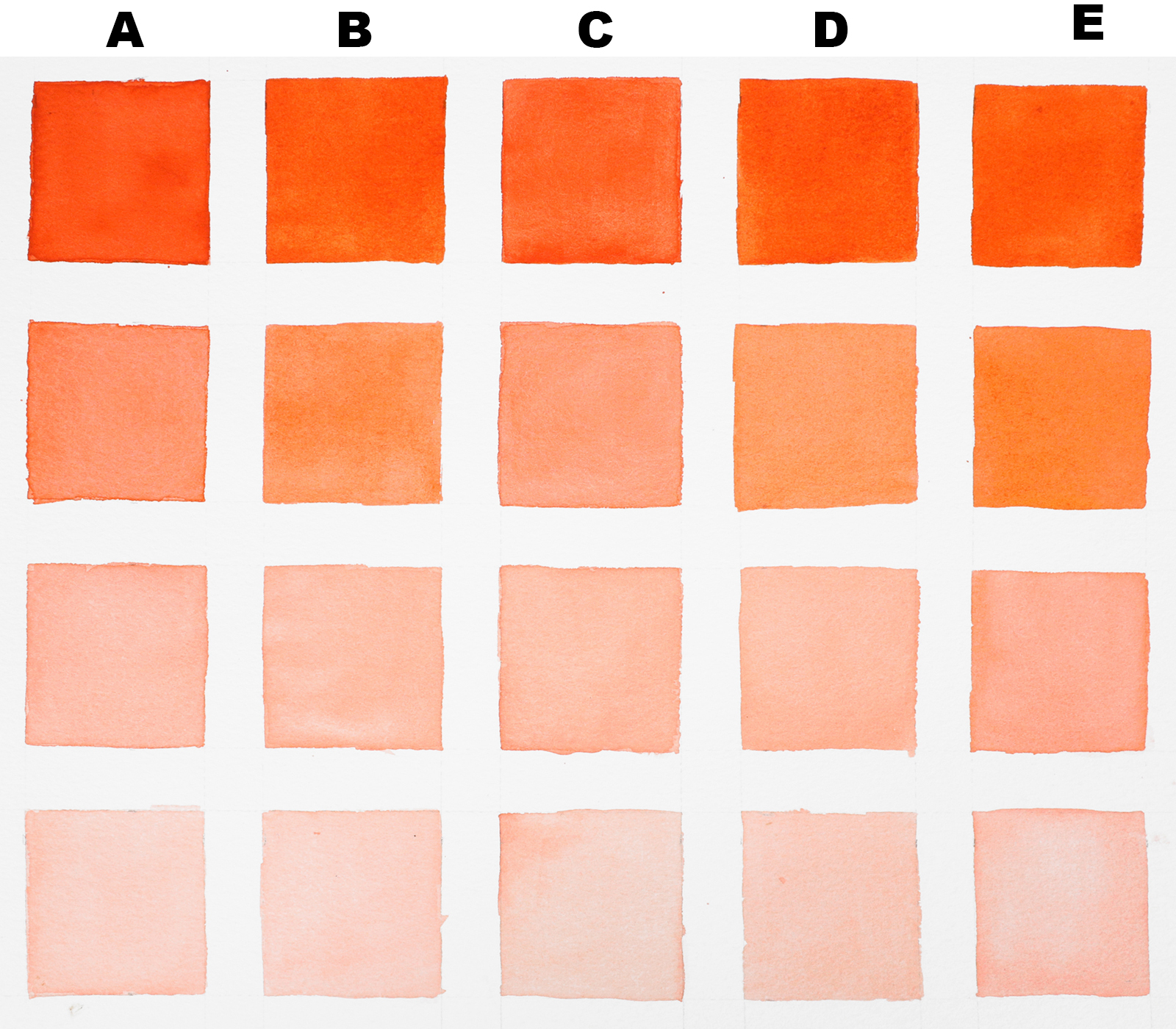
5/26/21 Update: Following the publication of this article, a new supply of PR168 was secured and QoR Permanent Scarlet is available to order again. We are sad to announce that after October 31, 2020 we will no longer be able to offer QoR Permanent Scarlet watercolor, as the PR 168

Golden Artist Colors has launched a new podcast. Paint Stories, a podcast about what has made the journey of the company so special, focuses on the stories of hundreds of amazing artists who have invited Mark and his family into their lives, to share their love of materials and the
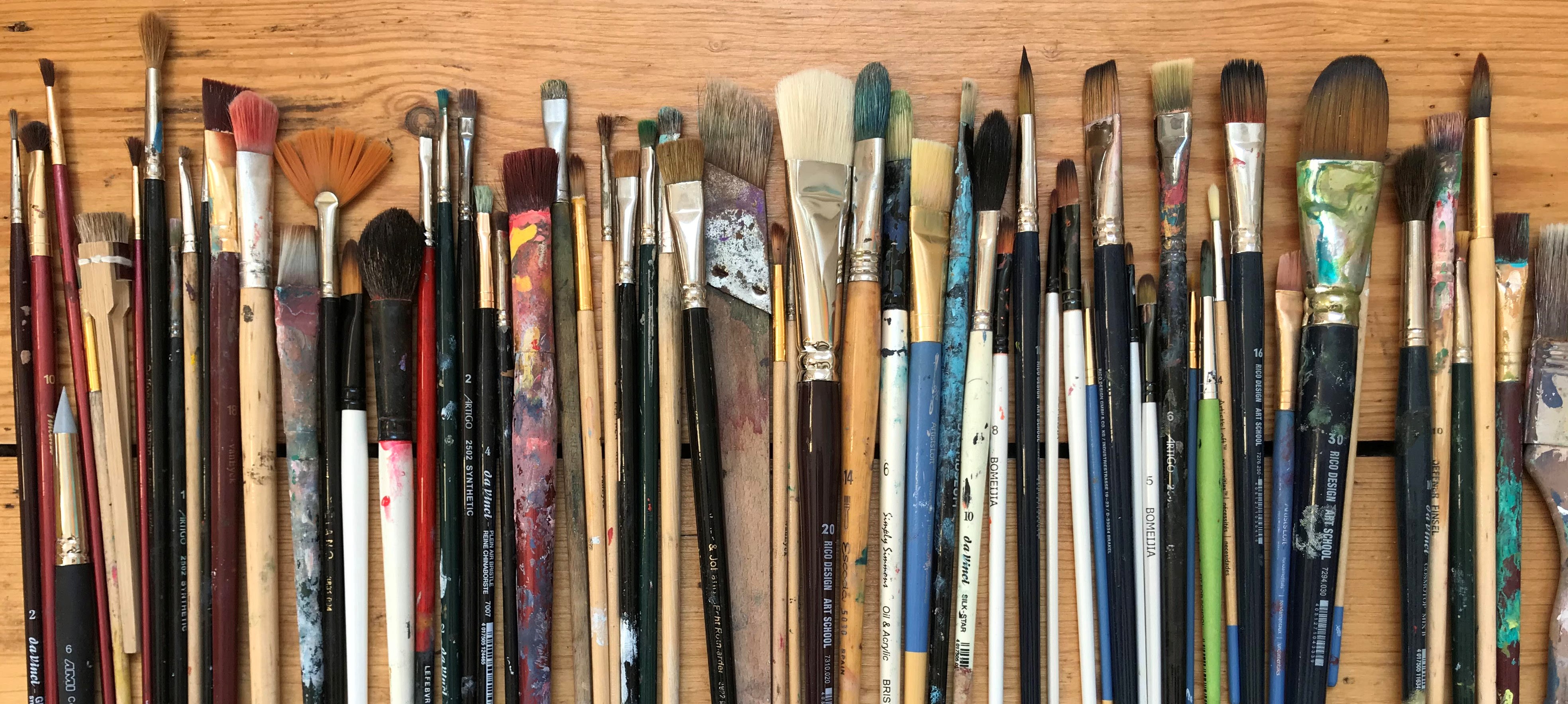
Brushes carry our paint from the palette to the canvas. They give us control over our marks and assist us in handling paint and mediums. Therefore, brushes are an important tool for any painter and worth looking into deeper. At GOLDEN, we produce paint in three different mediums: oils, acrylics,
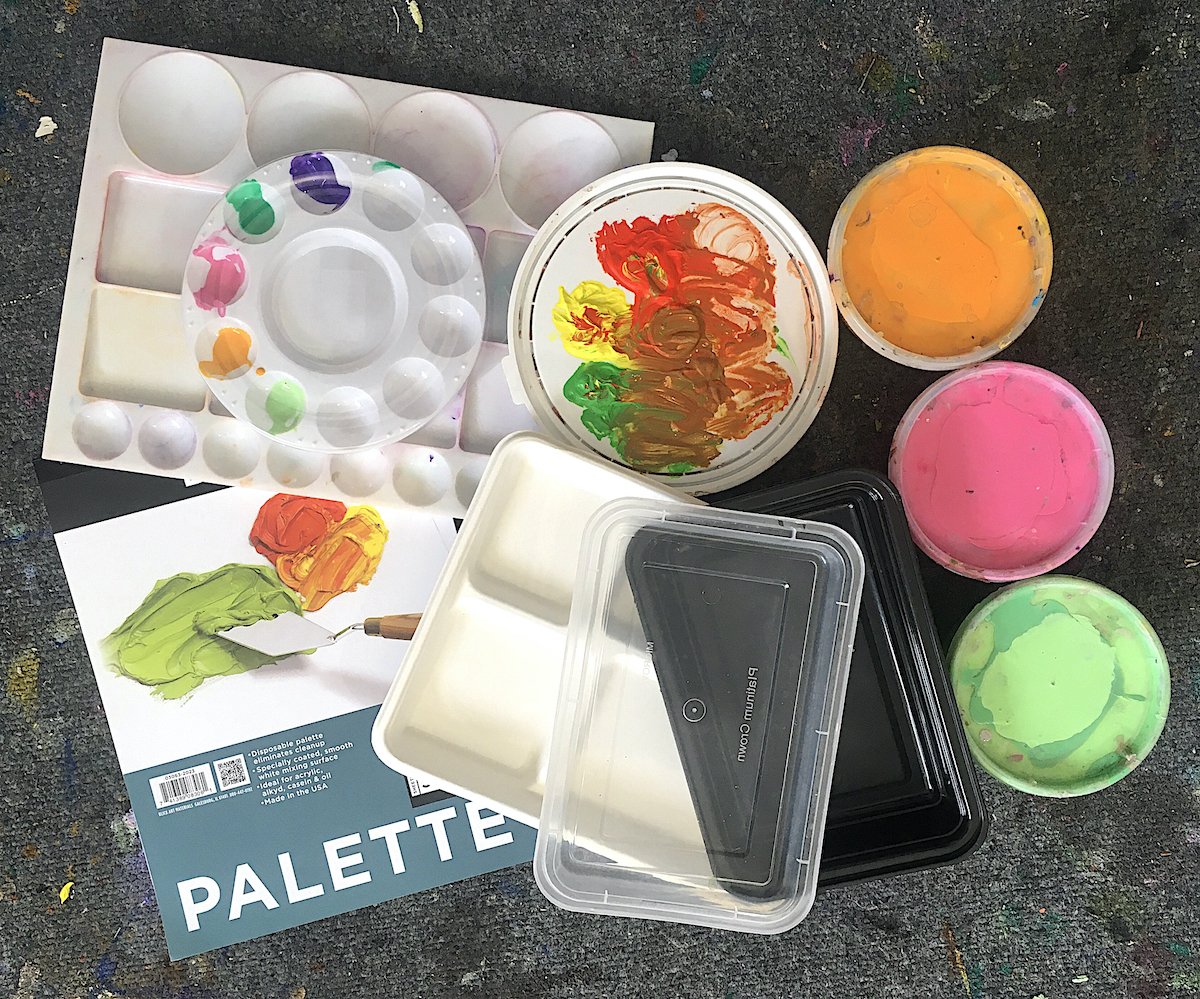
INTRODUCTION Typical waterborne acrylic paints and mediums dry relatively quickly due to the evaporation of water and some other volatile components. Traditional uncovered palette systems only work well with acrylics if you are working very quickly because of this fast dry time. Our very slow-drying OPEN Acrylics are an exception,
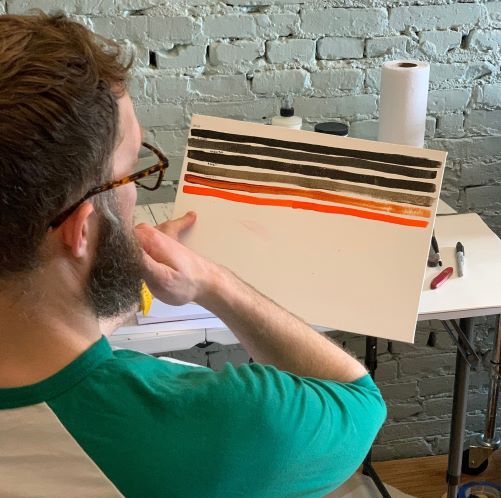
Mark Golden: I’m here with Scott Fischer, one of our Material and Application Specialists on staff, to discuss his career as an artist and his journey in the visual arts. What began your passion with art? Scott Fischer: Growing up my focus was on sports. I was a swimmer. I had an